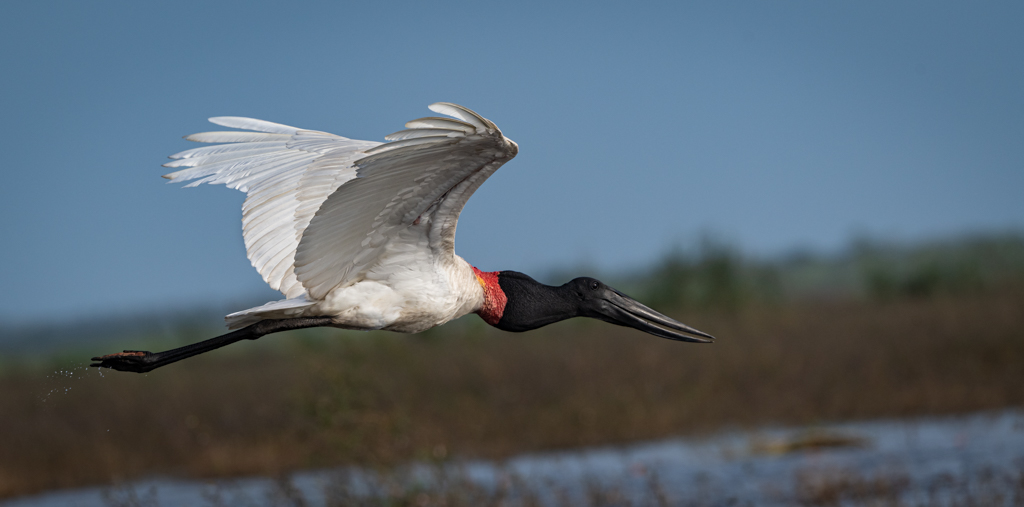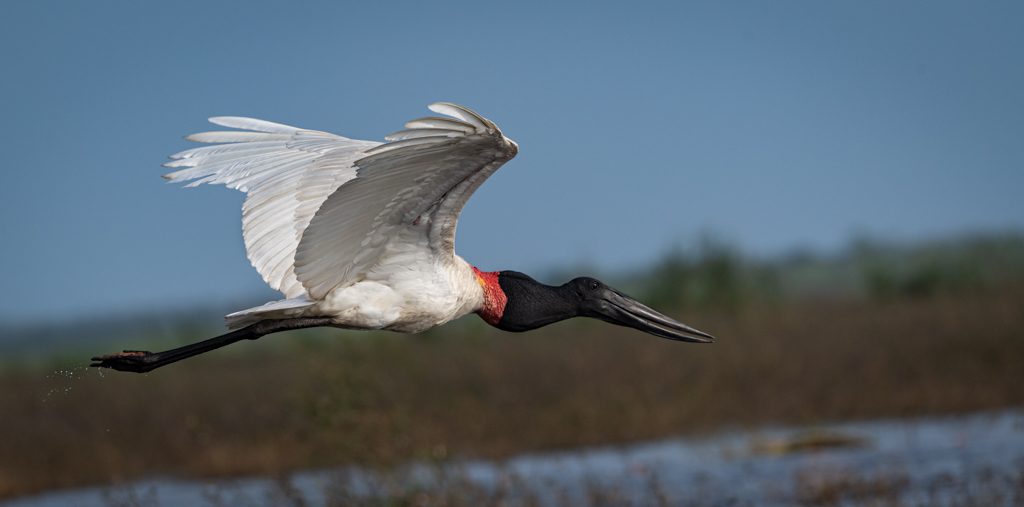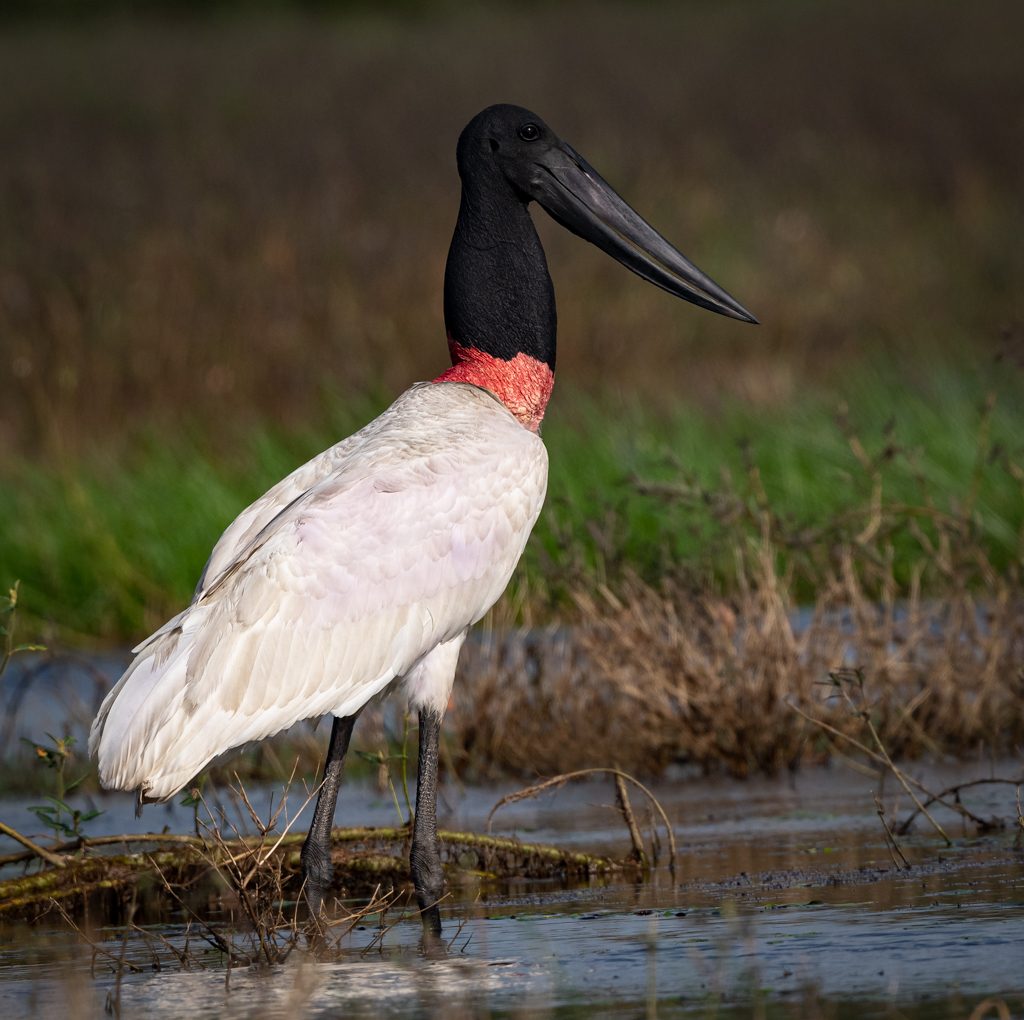

Andy Hays, A lifelong birder and close friend of mine for over thirty years introduced me to birding in 2002, when he asked me for some help with his bird photography. This changed my life forever. Since that time, we have taken many wonderful trips together with Andy teaching me about the birds and my helping him with his nature photography. I recently asked him if he would like to write a guest blog for my website about our recent trip to Belize.
The Jabiru Stands Tall
In nature photography, with images of the magnificent Jabiru, who needs the Harpy Eagle, Woodpeckers and Cardinals. A spectacular member of the stork family, the Jabiru stands the tallest of ALL the flying birds in our hemisphere. It measures from heel to the top of its head at five feet and has a wingspan of eight feet. In the New World, only the Andean and Californian Condors have a greater span. Observing and photographing the magnificent Jabiru, made for a dazzling birding adventure for us on our ten-day trip to Central America’s, Belize at the beginning of this year. With its great size and flying capability, the Jabiru is reported by some to have only the crocodile as a natural predator.
The best spot in Belize to see the Jabiru
In Belize, the primary location for nature photography and to see the Jabiru is in the country’s northeast quadrant, in the Crooked Tree Wildlife Sanctuary. It is located within the savanna ecosystem, among the freshwater wetlands of the Belize River watershed. We operated out of the Bird’s Eye View Lodge, in the village of Crooked Tree, where we had access to the Sanctuary’s Northern Lagoon, about a 75-minute drive north of the Belize City airport.

The unique beauty of the Jabiru
From small, light, motor-driven boats on a freshwater lagoon, we found a single bird feeding among other wading birds. As you can see in Owen’s fine images of the Jabiru, beyond its spectacular size, its coloration is striking. Across the waters, our initial impression was a very large black and white wading bird. Its bill, head and upper neck are black, as are its legs and feet. The wings and body are all white. In closer, one sees foremost a heavy, slightly upturned bill, up to 14 inches long, all of it a flat, gun-metal black that carries into the bare face and head above a wide, black featherless neck. When filled with water and prey, this black neck pouch takes on the shape of a fat, American football. These distinguishing features make for striking nature photography.
All Signs Point to the Neck
In the lowest, four to six inches of the neck, above its shoulders, is a featherless, pliant band of skin that rings the neck in a vivid, pinkish-red color, an unmistakable field mark. The shade of the color of that band is also said to foretell the emotional level of the bird. There are descriptions that the band will be soft pink when the Jabiru is preening or quietly feeding. When aroused, the band is described as becoming a vivid dark red or deep scarlet. You can see that color in Owen’s image. As we got too close, it was annoyed and in ponderous beats of its huge wings, he flew off. We were sorry to see him go.


